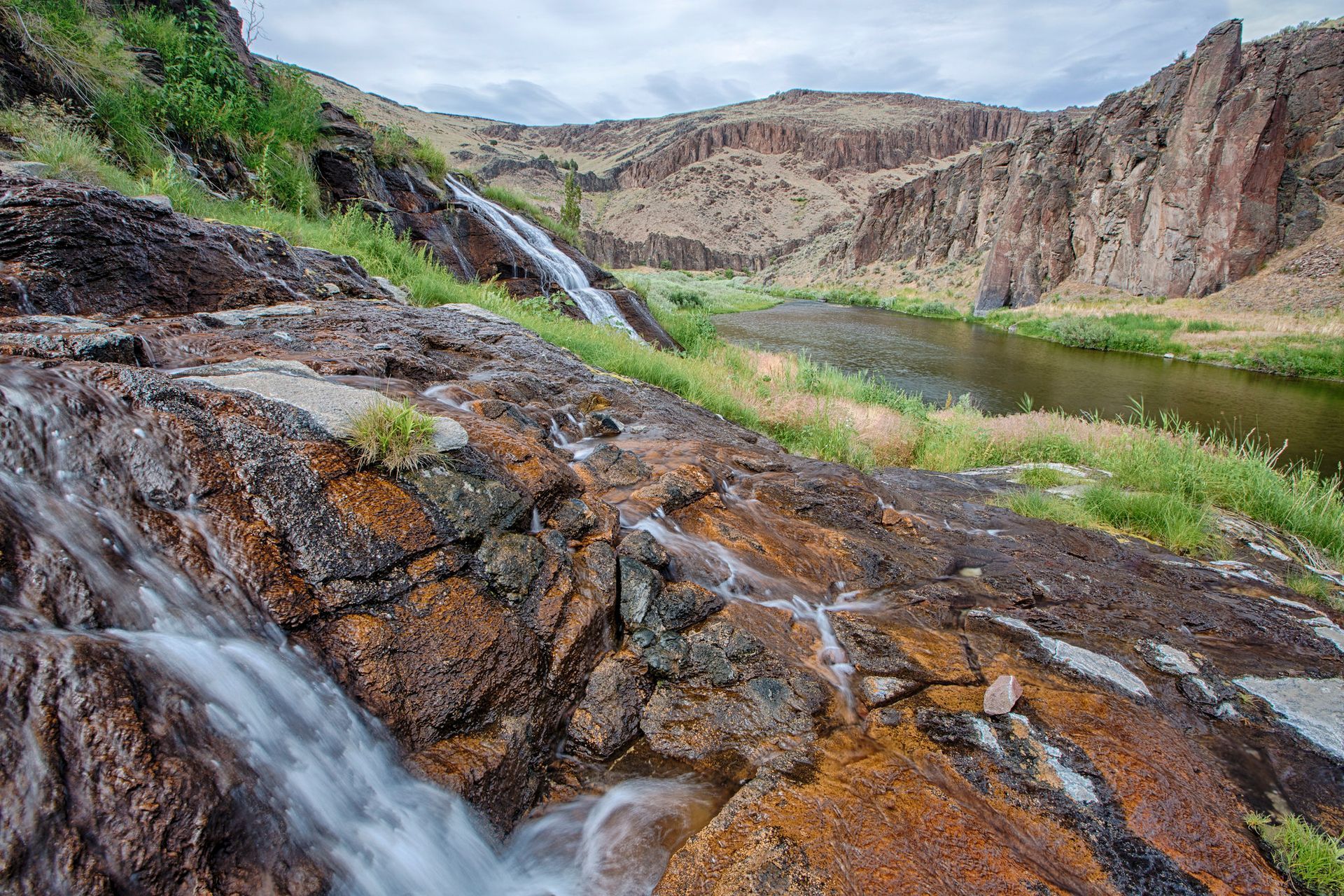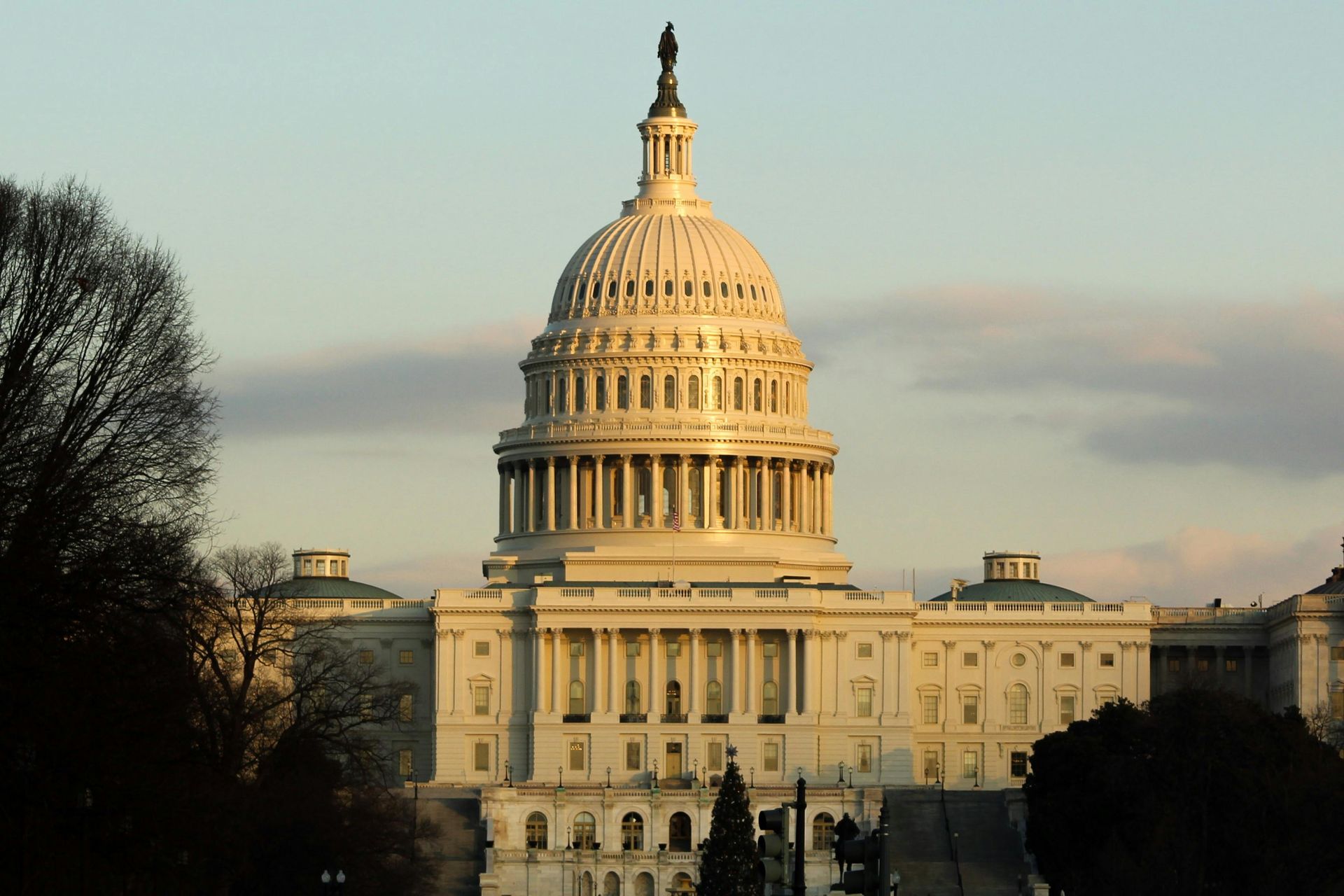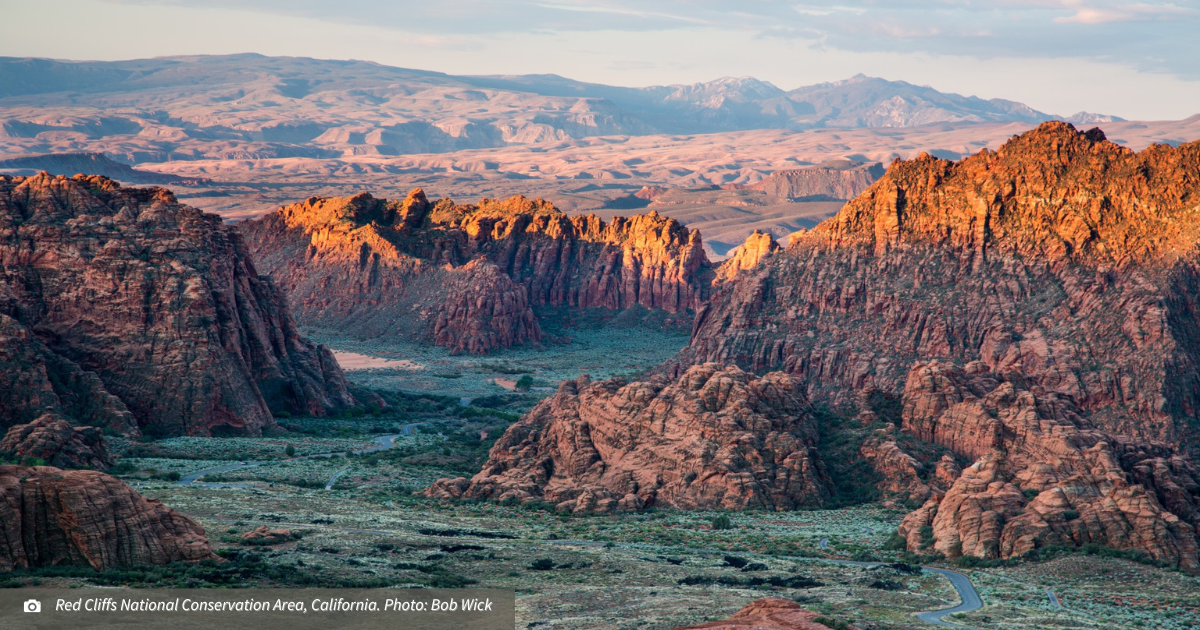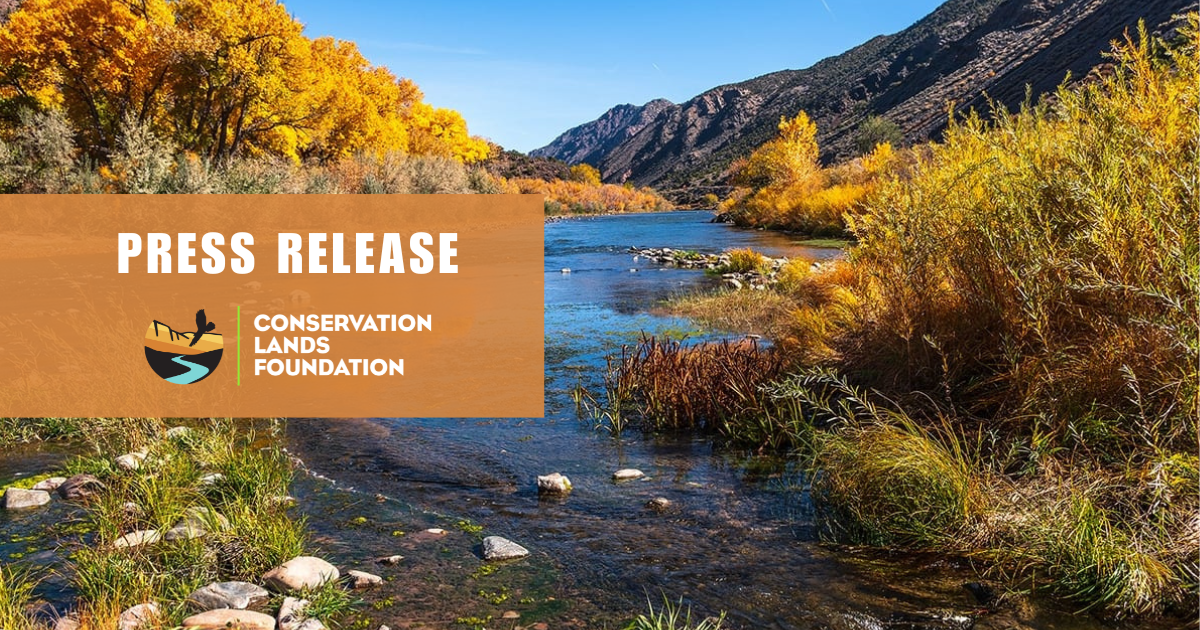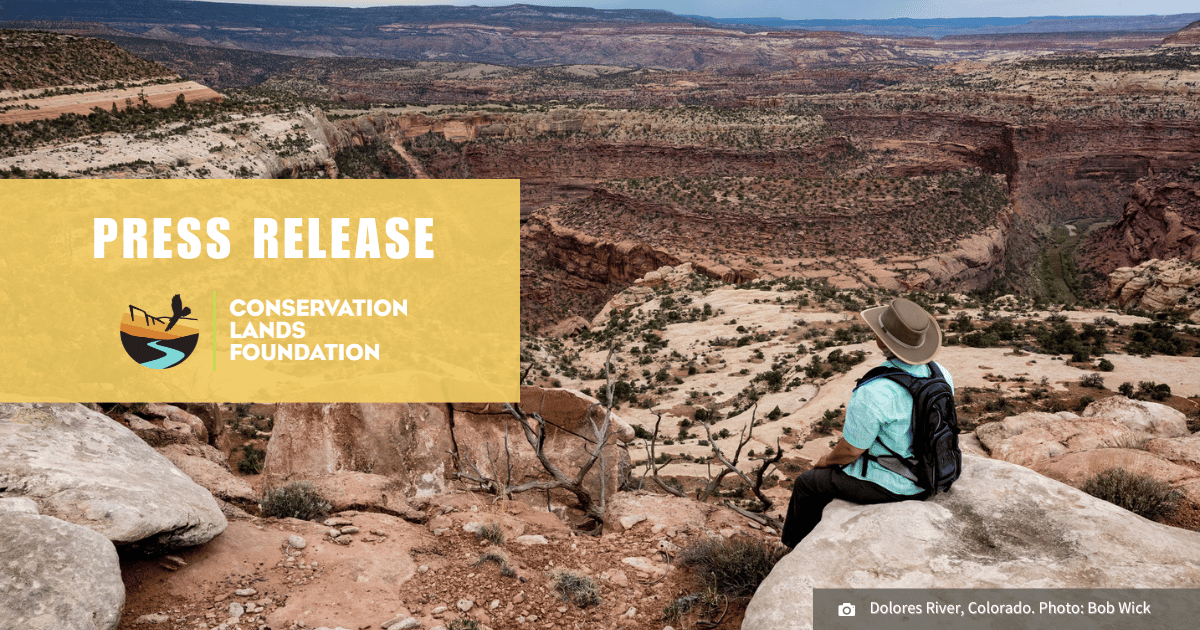Utah and National Conservation Groups Move to Defend Balanced Management of Public Lands from Mining and Oil Industry Lawsuit
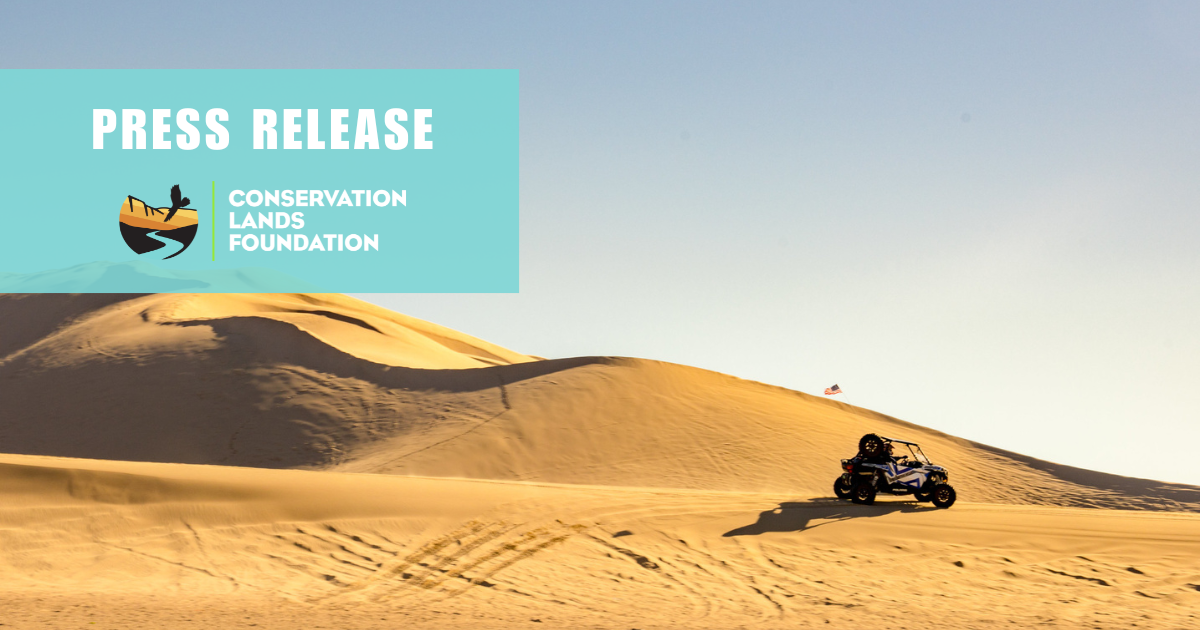
SALT LAKE CITY, UT - Today, Southern Utah Wilderness Alliance, Conservation Lands Foundation, and The Wilderness Society (together, the “Conservation Groups”) filed a motion to intervene to defend the Bureau of Land Management's (BLM) Public Lands Rule against a lawsuit brought this past summer by the American Farm Bureau and other industry trade associations representing the oil and gas and mining industries.
The Conservation Groups argue that the Public Lands Rule will help modernize the management practices of the BLM and ensure that the agency has the tools to meet future challenges, like growing pressure from climate change, and to restore public lands from the impacts of development. These groups celebrated the finalization of the rule, which was overwhelmingly supported by the public during the comment period, and are now engaging to defend it from attacks.
Conservation Lands Foundation (CLF), Southern Utah Wilderness Alliance (SUWA), and The Wilderness Society (TWS) are represented by Advocates for the West, SUWA, and Kaplan Kirsch LLP.
“This lawsuit - like the state of Utah’s challenge to the Rule - is out of touch with the majority of Utahns who support conservation and know climate change is a serious problem,” said Stephen Bloch, Southern Utah Wilderness Alliance Legal Director. “Utah is predicted to be hit particularly hard by the impacts of a hotter, drier, and more unpredictable climate. The Public Lands Rule gives BLM and the public a framework and important tools to begin work to stem the tide.”
“This lawsuit is a clear attempt by extractive industries to maintain their stranglehold on our public lands for private benefit,” said Todd Tucci, Senior Attorney with Advocates for the West. “It’s long past time for BLM to address the pervasive degradation caused by extraction and fully implement the common-sense Public Lands Rule to ensure the ecological health and resilience of our public lands. This industry attempt to block BLM from fulfilling that statutory obligation - critical to meeting the challenges of a rapidly changing climate - should be rejected.”
“Multinational oil and gas, mining, and other extractive industries have joined the torrent of litigation launched by anti-public lands states to keep the rules governing management of public lands permanently tipped in their favor,” said Alison Flint, Senior Legal Director at The Wilderness Society. “The BLM Public Lands Rule seeks to balance management of public lands as Congress intended almost a half-century ago. Unfortunately it's no surprise that industry groups are piling on with more meritless claims opposing balanced management. These cases should be dismissed to ensure that the agency adheres to the law that was put in place by Congress fifty years ago.”
“This lawsuit against the Rule appears to be motivated by a puzzling fear of implementing existing law - the Federal Land Policy and Management Act - and an unwillingness to recognize today’s realities,” said Charlotte Overby, Vice President of Conservation Field Programs at the Conservation Lands Foundation. “This new guidance will improve ecological and climate resilience, and provide the tools managers need to restore habitat from wildfires, drought, and other negative impacts. It also keeps important recreation areas – that are local economic engines – open and accessible to the public. Supporters of the Public Lands Rule include legal experts, western lawmakers, local elected officials, and governors who participated in a robust public process, and more than 90% of public comments were in support of this sensible Rule.”
Today’s legal action follows other motions to intervene (July 26, September 19, and September 30) by conservation groups in three other lawsuits filed by the states of Alaska, Utah, Wyoming, North Dakota, Idaho, and Montana, which challenge the Public Lands Rule. The Public Lands Rule went into effect in June after a year-long process to engage the public in its development.
###
Background Information:
The Public Lands Rule, currently in effect, establishes a “framework to ensure healthy landscapes, abundant wildlife habitat, clean water, and balanced decision-making on our nation’s public lands.”
- BLM’s webpage on the Public Lands Rule.
- CLF’s and TWS’ September 30, 2024 Statements when Conservation Groups filed a motion to intervene in litigation filed by the State of Alaska.
- SUWA’s, CLF’s and TWS’ September 19, 2024 Statements when Conservation Groups filed a motion to intervene in litigation filed by the States of North Dakota, Idaho and Montana.
- SUWA’s, CLF’s and TWS’ July 26, 2024 Statements when Conservation Groups filed a motion to intervene in litigation filed by the States of Utah & Wyoming.
- SUWA’s, CLF’s and TWS’ June 18, 2024 Statements when litigation was filed by the States of Utah & Wyoming.
- SUWA’s, CLF’s and TWS’ April 18, 2024 Statements when the Final Rule was announced.
- “The BLM Public Lands Rule is a common-sense solution” June 25, 2023 Editorial from the Salt Lake Tribune.
- Information regarding public comments received by BLM - 92% of which were supportive.
- Utah-specific polling data from the 2024 Conservation in the West Poll, which shows a clear and resounding preference for conservation when voters are given a choice over how public lands are used.
Conservation Lands Foundation leads the national movement of community-based advocates to protect, restore and expand National Conservation Lands managed by the Bureau of Land Management. CLF is headquartered in Durango, Colorado with field offices throughout the West and in Washington, D.C. For more information, visit conservationlands.org.
The Southern Utah Wilderness Alliance (SUWA) is a nonprofit organization with members and supporters from around the country dedicated to protecting America’s redrock wilderness. From offices in Moab, Salt Lake City, and Washington, DC, our team of professionals defends the redrock, organizes support for America’s Red Rock Wilderness Act, and stewards this world-renowned landscape. Learn more at www.suwa.org.
The Wilderness Society has been working since 1935 on uniting people to protect America’s wild places. With more than one million members and supporters, The Wilderness Society has led the effort to permanently protect nearly 112 million acres of wilderness in 44 states and ensure public lands’ sound management. We have been at the forefront of nearly every major public lands victory.
